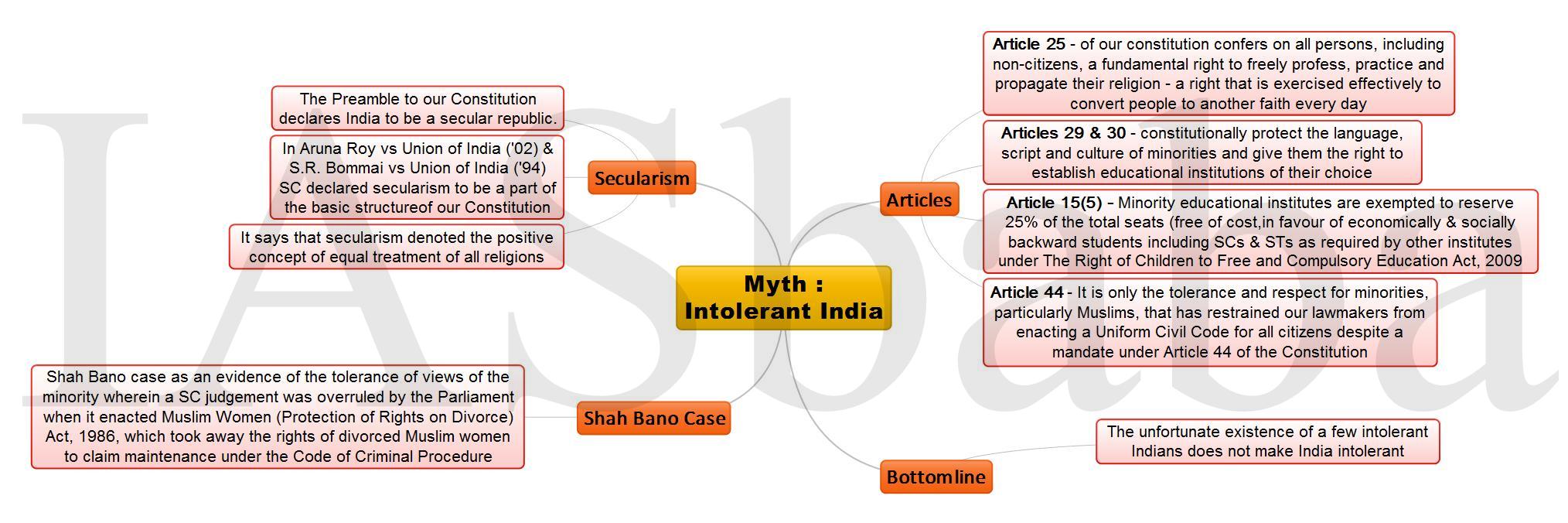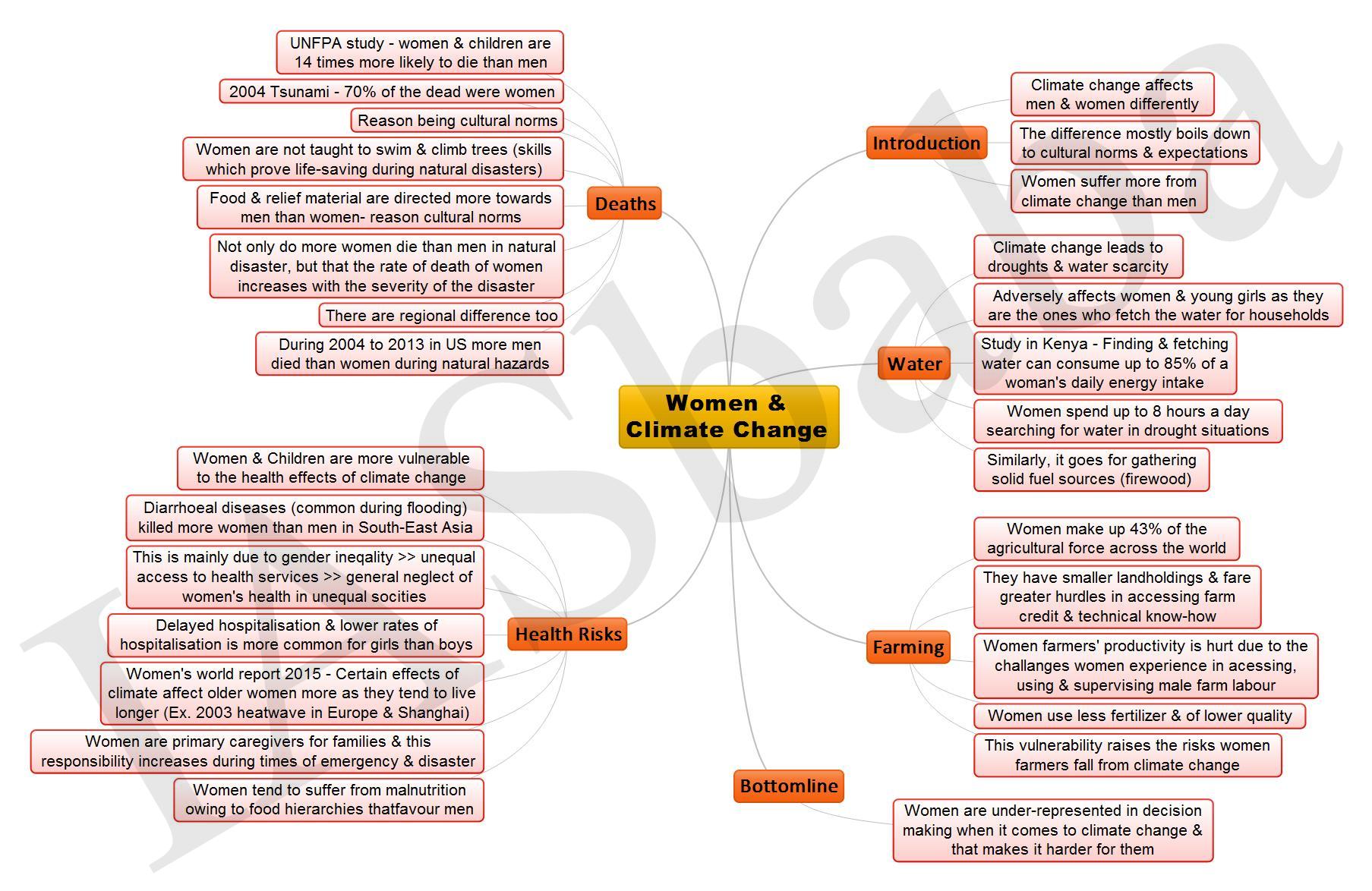IASbaba's Daily Current Affairs Analysis, IASbaba's Daily Current Affairs December 2015, IASbaba's Daily News Analysis
Archives
IASbaba’s Daily Current Affairs – 5th December, 2015
NATIONAL
TOPIC: General Studies 3
- Security challenges, Various Security forces and agencies and their mandate.
India’s Military Prowess: Navies are for more than just fighting
- In the context of a nation’s military power, many people make the mistake of summing up the capabilities of the army, the navy and the air force and producing that aggregation as the country’s capability.
- In today’s environment, a country must have mechanisms that effectively counter threats of terrorism, both indigenous and that sponsored from external sources, for which stability and cohesion among forces is the need.
The case of Indian navy:
- In the broad spectrum of issues that must confront any nation and, especially, one as large and multi-dimensional as ours, the one capability that is easily visible and usable, not just close to home but also quite far away, is the navy.
- Interestingly, it does not always need to sail away from home to be seen; it also achieves that effect by staying in its own waters.
- For this, it must do a variety of things and the fields of training, joint exercises and hosting ship visits are only a few of them.
- At the very top of this list, and something that cannot be done too often, is the Fleet Review.
Fleet review:
A fleet review is a traditional gathering of ships from a particular navy to be observed by the ruling monarch or his or her representative or the head of countries.
- Indian navy, like some others, has followed the practice. In theory, the event was initially designed to show to the reviewing person that the navy was in fine fettle or “good shape” as the sailors call it.
- In practice, however, it has also had ceremonial content which has grown over the years. There are parades, band concerts and ‘Beating Retreat’ events and recently to the list maritime security issues are added.
History of fleet review in India:
- The Indian Navy has been holding Fleet Reviews every five years for over four decades, once during the tenure of each president.
- In 2001, for the first time it invited ships from several foreign countries to participate in the event as well.
- Nearly 70 ships from some 21 countries were present in Mumbai harbour at this first International Fleet Review (IFR).
- The chief dignitary sailed around the neatly formed lines of ships in the presidential yacht; there was a parade by contingents of the foreign ships down Marine Drive watched by thousands of people; a concert in which bands of several navies performed; a seminar in which maritime cooperation and security issues were discussed; and, of course, a “Beating Retreat’ ceremony at the magnificent Gateway of India followed by a display of fireworks.
- It was a proud moment in the history of the still young Indian Navy and the navy displayed itself as a maritime power.
Second IFR:
- In early February 2016, the navy will host its second IFR at Visakhapatnam on the east coast. But this time it will be much larger and more comprehensive.
- Ships from many nations would be present, including the ones from china. It would be a prestigious moment for India to display itself as a maritime power in South Asia and Indian Ocean.
What are the advantages of holding IFR for India?
- IFR generates pride and confidence in one’s own capabilities – operational, organisational and administrative. These spectacles give joy and a sense of achievement to the people who watch them, live or on television, and speak of what they saw.
- Such events would contribute to image of India’s maritime power and in future would help India in promoting peace and prosperity in the region.
- It promotes India as a regional superpower and allows India to take hold over the energy security of Indian Ocean.
Way Forward:
- Navy is not just a combination of platforms that is geared to fight adversaries in war.
- It also acts as a messenger of goodwill and friendship as when ships deploy far overseas, east and west.
- It is also there to bring relief and assistance to those in need of it during natural disasters, as it demonstrated during the tsunami of December 2004 and in other such incidents later.
With all the above things Indian navy is clearly an ocean of opportunities and this Indian navy celebrated the navy day on 4th December 2015.
Connecting the dots:
- Explain the importance of Indian Ocean in promoting energy security of India. Analyse the role of Indian navy in guarding the Indian Ocean.
- Explain the term “blue water navy”. Analyse the measures taken by the government to create one such navy for India in Indian Ocean.
NATIONAL
TOPIC
- General Studies 1: Role of women and women’s organization, developmental issues; Effects of globalization on Indian society, Social empowermen
- General Studies 2: Welfare schemes for vulnerable sections of the population by the Centre and States and the mechanisms, laws, institutions and Bodies constituted for the protection and betterment of these vulnerable sections
- General Studies 3: Inclusive growth and issues arising from it; Conservation, environmental pollution and degradation, environmental impact assessment.
Women and Climate Change
- The threat of climate change, manifested in the increase of extreme weather conditions such as, droughts, storms or floods, has been recognized as a global priority issue and has broad disparities existing among regions, between different generations, income groups and occupations as well as between women and men.
- Women in rural areas in developing countries are highly dependent on local natural resources for their livelihood, because of their responsibility to secure water, food and energy for cooking and heating. The climate change and its effects thus, make it difficult for women to secure these resources.
More women die than men during natural disasters
United Nations Population Fund (UNFPA) Study: In a natural disaster, women and children are 14 times more likely to die than men and the reason is cultural norms. For example, in the 2004 tsunami in Asia, more than 70% of the dead were women.
International Union for Conservation of Nature (IUCN) has noted that in Sri Lanka, men survived the tsunami more easily than women:
- Men are taught life-saving skills like swimming and climbing trees while women’s role stays restricted as a perfect home-maker
- Taking care of others: The food and relief material are directed more towards men with women also supporting the move (Compassion & care)
- Rate of death of women increases with the severity of the disaster as a study exhibits the reduction in the normal life expectancy of a woman
- Alternate explanation: More men might die owing to the fact that they do take up more risks during disasters (Trait of a saviour)
Water stress impacts women more adversely
- Climate change leads to droughts and water scarcity, adversely affecting women’s physical and emotional wellness.
- Burden of water collection and firewood collection largely falls on them: Finding and fetching water can consume up to 85% of a woman’s daily energy intake.
- Drought: Search for water takes a toll not only on the time and health but also on their psychological well-being
Climate change increases health risks for women
Women and children are more vulnerable to the health effects of climate change
Data for 2000 and 2012 from South-east Asia: The diarrhoeal diseases killed more women than men (common during instances of flooding)
Perpetuation of gender inequality:
- Unequal access to health services
- General neglect of women’s health in unequal societies: Studies in India, Bangladesh and Indonesia showed that the sex of a child influences the extent of the care given.
- Common for girls: Delayed hospitalization and lower rates of hospitalization
Women’s World 2015 Report: Certain effects of climate may affect older women more as they tend to live longer
Cultural Norms at Play:
- Primary caregivers for families
- Responsibility increases during times of emergency and disaster
- More likely to suffer from malnutrition following a disaster:
Neglected nutritional needs of pregnant and breastfeeding mothers
More importance to food hierarchies that favour men
Women farmers face greater hurdles in adapting to climate change
Women make up 43% of the agricultural force and Food and Agricultural Organization (FAO) has noted that women suffer from the following issues citing Gender gap as the main evil:
- Possess smaller landholdings
- Face greater hurdles in accessing farm credit
- Less knowledge of Technical know-how and extension services
- Difficulty in accessing, using, and supervising male farm labour
- Use less fertilizer and of lower quality
- Under-representation in decision making (+formal forest user groups)
- Lower access to management of natural resources
IASbaba’s Views:
- A gender analysis needs to be applied to all actions on climate change and the gender experts should be consulted in climate change processes at all levels, so that women’s and men’s specific needs and priorities are identified and addressed.
- Women around the world must adapt their lives to a changing climate depending upon the regional variations and availability of resources. Vulnerabilities need to be tamed with the help of behavioural changes and more changes on a personal as well as on an individual level.
- Women need to be made in control of their required resources as they possess a strong body of over-the-years traditional and environmental knowledge while helping, collecting and managing resources, and raising their families.
In control of resources:
- Women are more likely than men to use them for family health and economic stability
- More likely to change strategies in response to new information
- Take decisions that minimize risk
Connecting the Dots:
- ‘Women are often in the frontline in respect to the impacts of a changing climate’. Do you agree with the statement w.r.t India? Substantiate your answers with valid explanations
- Discuss the factors behind the historical evils leading to women becoming more vulnerable due to the climatic vagaries being experienced all over the world
MUST READ
National Pride and Prejudice
What the law says and what the courts ruled
Fighting IS with air strikes alone
Hike and effect- Pay commission recommendations aren’t inflationary. But the fiscal deficit targets may prove unrealistic.
For Detailed Analysis ‘7th pay Commission’ refer the below links-
http://iasbaba.com/2015/09/iasbabas-daily-current-affairs-5th-september-2015/
How not to review reservations- Contrary to the dominant view, development is not a benign caste-free alternative
For Detailed Analysis ‘Reservations: boon or bane’ refer the below links-
http://iasbaba.com/2015/09/iasbabas-daily-current-affairs-3rd-september-2015/
The growing burden of healthcare costs- Rising healthcare costs is taking a big toll on the poor
For Detailed Analysis ‘Healthcare issues & challenges’ refer the below links-
http://iasbaba.com/2015/08/iasbabas-daily-current-affairs-25th-august-2015/
http://iasbaba.com/2015/10/iasbabas-daily-current-affairs-5th-6th-october-2015/
http://iasbaba.com/2015/10/iasbabas-daily-current-affairs-11th-12th-october-2015/
http://iasbaba.com/2015/10/iasbabas-daily-current-affairs-22nd-october-2015/
MIND MAPS
1. The myth of Intolerant India
2. How women suffer more from climate change than men?
















